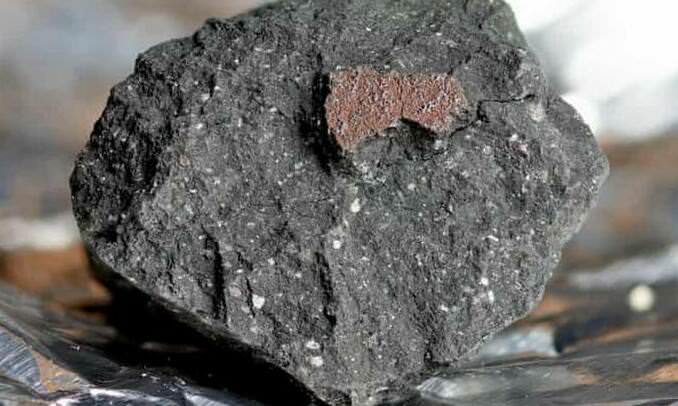
The Solar System
Perhaps you have witnessed the spectacle of a shooting star blazing a fiery trail across the nighttime heavens? It gives the illusion that a star has been extinguished and plummeted to the ground. However, this phenomenon is not a star at all, but rather a meteorite. From a distance, it is easy to mistake a meteorite for a star, but in reality, they are distinct entities.
How do stars, meteorites, and asteroids differ from each other?
Stars are enormous luminous spheres of hot gas that appear small due to their distance from us. The Sun, our medium-sized star, has the capacity to accommodate a million Earth-sized planets.
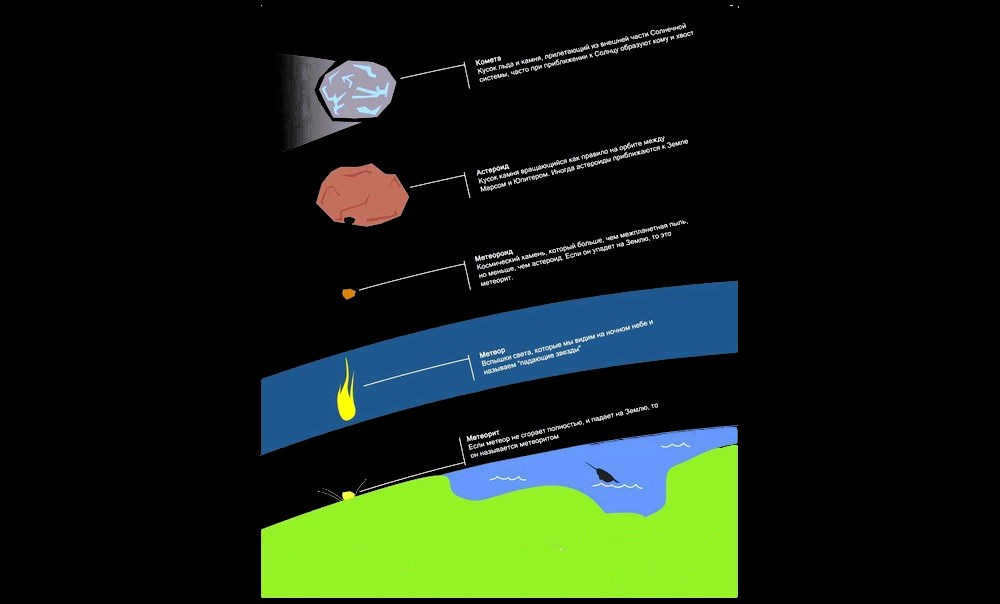
Meteoroids that blaze across the sky are solid objects. They typically consist of rock, metal, or ice and are often fragments that have broken off from comets or asteroids. These pieces are usually small, similar to the size of a pea, scattered like bits of clay around a finished sculpture.
Asteroids, on the other hand, are large rocky fragments that formed during the process of planet formation from a cloud of gas and dust. There is a significant cluster of asteroids that orbits the Sun in the region between Mars and Jupiter.
When asteroids collide, after billions of years have passed, fragments are propelled in various directions. These fragments, known as meteorites, traverse vast distances due to the absence of frictional force in the vacuum of interplanetary space. Meteorites come in a range of sizes, from tiny grains of sand to massive boulders. Obscure and unseen, they hurtle through the perpetual cold and darkness of the cosmos. As meteorites approach Earth, they become subject to the gravitational force exerted by the planet. This is how certain meteorites descend into Earth’s atmosphere, hurtling through it at speeds ranging from 30 to 200 thousand kilometers per hour.
A vibrant streak as they descend to the planet
In an ordinary scenario, chunks of rock and metal from outer space are entrapped by Earth’s gravitational pull and plummet through the atmosphere. During this journey, the stone and metal fragments undergo extreme heating. The underlying reason behind this heating phenomenon is friction. If you attempt to rub your hand against a carpet, you will experience warmth – this is also the outcome of friction. In space vessels, a unique coating shields the crew and the spacecraft from the thermal consequences of friction.
Meteorites have always fascinated and captivated people’s imaginations. As we gaze up at the night sky, we have all witnessed the mesmerizing sight of a star breaking free from its celestial position and hurtling towards the Earth, leaving behind a luminous trail. Centuries and millennia ago, this phenomenon must have been even more astonishing. The deafening roar, the hissing and crackling, and the sight of a fiery ball streaking across the heavens before crashing down with an earth-shaking rumble! These awe-inspiring events became the stuff of legends and myths, with fragments of these celestial stones being treasured as sacred relics. It is no wonder that scientists initially dismissed these stories as mere fiction. However, it wasn’t until the discovery of the Pallas’ iron meteorite in Siberia in 1794 that the extraterrestrial origin of these objects was finally confirmed, turning these ancient tales into scientific reality.
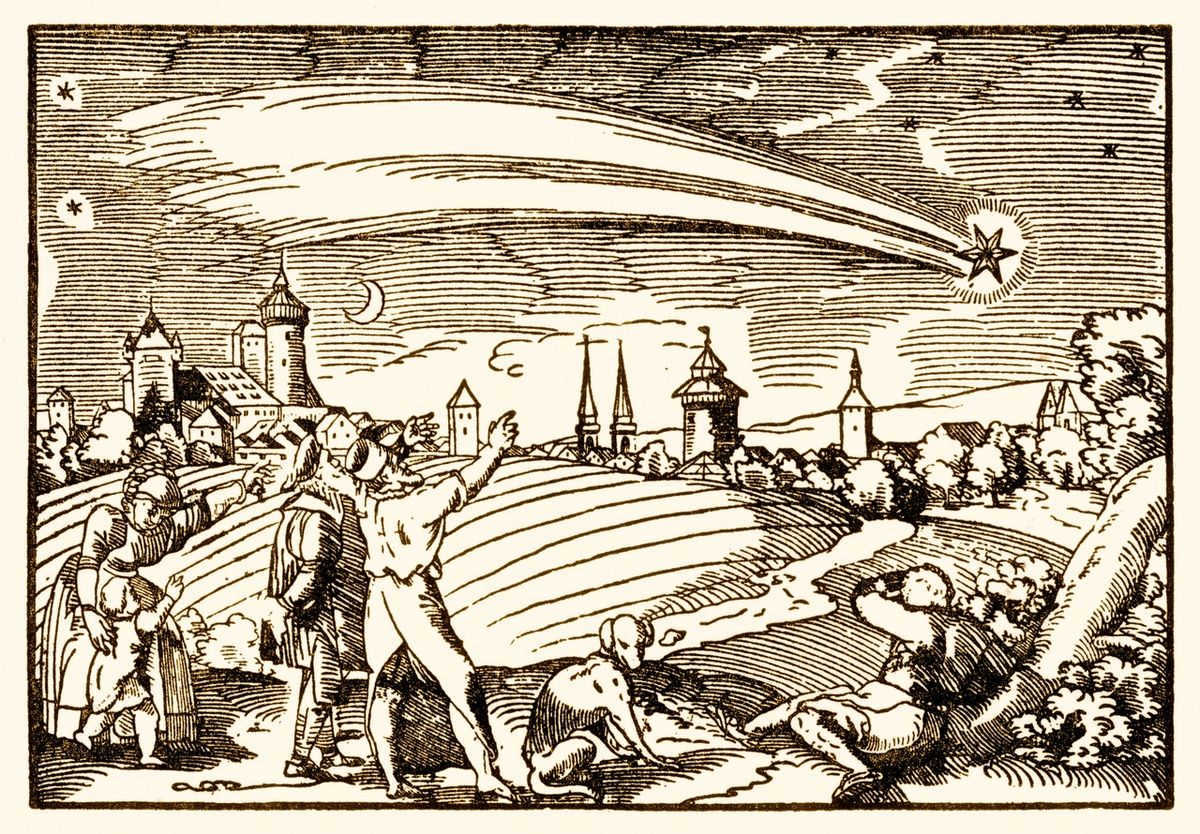
Over the course of the past two centuries, meteorites have garnered significant interest from scientists across various fields. They have also become an integral part of global popular culture, making appearances in movies and fantasy novels. Now is the time for us to unravel the mysteries surrounding these extraterrestrial visitors.
What is a meteorite?
In addition to planets and stars, there exist various celestial objects in space. Among them are asteroids, which are bodies resembling planets but smaller in size. These asteroids have their own orbits around the Sun, and some even have satellites. Another type of object is space dust, which consists of tiny particles scattered throughout outer space. Finally, there are intermediate objects that fall within a medium size range. These objects, known as meteoroids, can vary in size from 0.1 mm to 10-30 meters. They can be found scattered in space, moving along unpredictable trajectories or having relatively stable orbits. At times, meteoroids can form clusters, referred to as swarms.
When a meteoroid enters the gravitational field of a planet, its trajectory alters, causing it to gradually descend towards the planet’s surface. Occasionally, there are instances of collisions between planets and asteroids.
A celestial object, regardless of its size, is only referred to as a meteorite when it makes contact with the surface of a planet.
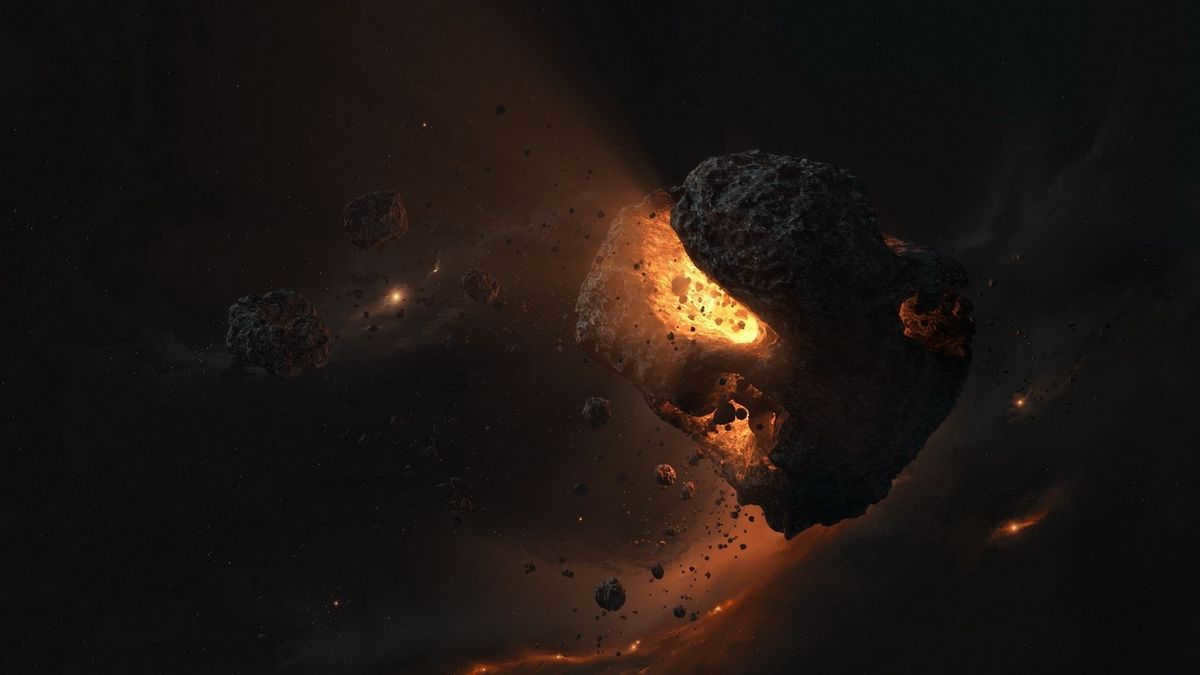
What do meteorites represent?
Naturally, every meteorite possesses individual characteristics, making each one distinct. However, based on their composition, meteorites can be categorized into three major classifications.
Stone meteorites are the largest category of meteorites, accounting for 92.8% of all meteorites that land on Earth. Within this group, 92.3% are known as chondrites. It is quite remarkable that their chemical composition is nearly identical to that of the Sun, with the exception of lighter gases such as hydrogen and helium. How is this possible? Well, the formation of the solar system began with a massive cloud of interstellar gas and dust. This cloud was pulled together by gravity and eventually formed a protostar, which then experienced thermonuclear reactions at its core, giving birth to our Sun. The remaining gas and dust in the cloud went on to form all the other celestial bodies in our solar system. Chondrites, being the tiniest particles formed from this cosmic material, can be considered as having the same building blocks as the Sun. The primary minerals found in their composition are various types of silicates.
All other meteorites have a diverse origin and are fragments of asteroids or planetary objects. Some of them, such as chondrites, are rocky but possess a distinct composition and structure.
Metallic meteorites form the other primary category, constituting 5.7% of the overall number of meteorite falls to Earth. These meteorites are primarily composed of an iron-nickel alloy, which renders them highly durable and nearly impervious to corrosion.
Lastly, the most rare and exquisite meteorites are known as iron-stone meteorites. While they make up only 1.5% of all meteorites, they feature a complex structure in which the metallic portion intertwines with silicate formations.
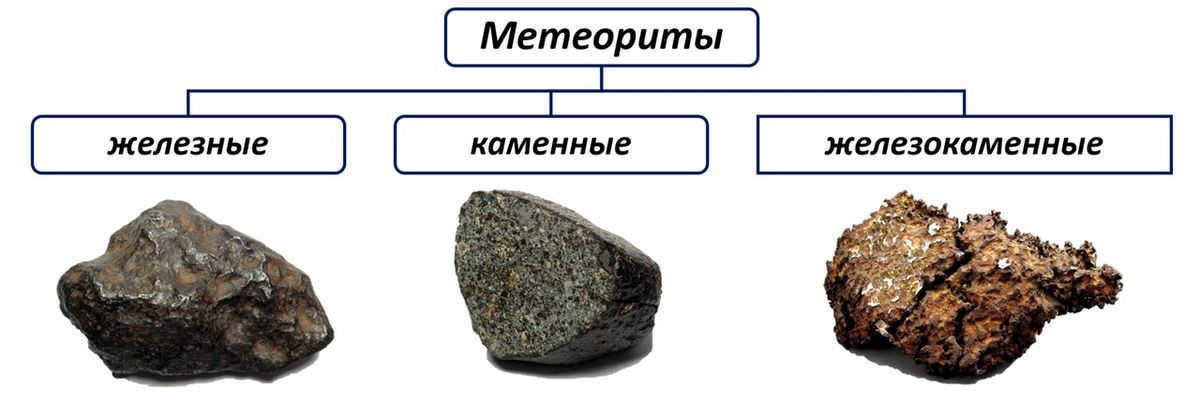
What is the number of meteorites that reach the Earth?
Every day, approximately 5-6 tons of meteoritic material make their way to Earth. This equates to roughly 2,000 tons annually. While this may seem like a significant amount, it is important to note that the majority of these meteorites disintegrate in the Earth’s atmosphere before reaching the surface. Additionally, a significant portion of the remaining meteorites fall into the ocean or sparsely populated regions due to their vast coverage on our planet. It is only on rare occasions that a meteorite manages to land in a populated area, captivating the attention of witnesses.
What occurs when a meteoroid descends from the sky?
Space objects move at incredible speeds. When they enter the Earth’s atmosphere, the velocity of a meteorite can range from 11 to 72 km/s. Due to friction with the air, it ignites and starts to emit light. Typically, the majority of meteorites burn up before reaching the ground. A large meteorite gradually decelerates and cools down. What happens next depends on various factors – the mass, initial velocity, and angle of entry into the atmosphere. If the meteorite manages to slow down sufficiently, its trajectory can change to a nearly vertical path and it will simply fall to the surface. There are instances when the internal structure of a meteorite is heterogeneous and unstable. In such cases, it explodes in the atmosphere, and its fragments scatter to the ground. This phenomenon is known as a meteor shower. However, if the meteorite still maintains a high velocity (around 2-4 km/s) and is quite massive, a powerful explosion occurs upon impact with the Earth’s surface.
A meteorite crater, known as an astroblema, is formed at the location where a large meteorite falls. On our planet, these craters are not always easily visible, as they can be eroded by weathering and other geological processes. However, on other celestial bodies, the remnants of massive meteorite bombardments can still be observed.
The peril of meteorites
The probability of a meteorite striking a person is extremely low. There have only been two documented instances of a meteorite hitting a person, and in both cases, the individuals sustained minor injuries. Additionally, over the past two centuries, there have been approximately a dozen reports of human fatalities resulting from meteorite impacts, but these claims lack official confirmation.
However, it would be unwise to dismiss the danger of meteorites entirely. The Chelyabinsk meteorite incident serves as a stark reminder that even an indirect impact from the explosion of a large celestial body can have devastating consequences.
In popular culture, there is a stereotype that meteorites may be radioactive or carry extraterrestrial diseases. These modern myths are perpetuated by science fiction and cinema but are not based in reality. There have been no verified cases of radioactive meteorites being discovered. Not a single one.
However, the sun is not the only source of radiation in space. It is important to understand that being exposed to radiation does not make a person radioactive. For instance, if you were to spend a weekend in a nuclear reactor, you would not feel well afterwards, but you would not emit radiation.
Scientists are particularly interested in meteorites that contain complex organic compounds. These meteorites have the potential to provide valuable insights. Despite this, no evidence of microorganisms or signs of extraterrestrial life have been discovered on them so far.
How can meteorites be utilized?
During ancient periods, meteorites were often revered as sacred entities. The existence of meteoritic iron was discovered well before humans acquired the knowledge to extract iron from natural sources. Items made from meteorite iron were considered extremely valuable, such as the dagger unearthed in Tutankhamun’s burial chamber.
In modern times, meteorites are primarily studied for scientific purposes. They provide valuable insights into the early stages of our solar system’s formation and offer glimpses into faraway planets and celestial bodies.
However, jewelry made from iron and iron-stone meteorites is truly remarkable. Their exquisite beauty stems from the intricate arrangement of crystals within their crystal lattice. These crystals intertwine to form complex geometric shapes and mesmerizing fractal patterns. Known scientifically as Widmannstetten figures, these formations occur as a result of the slow cooling process of iron-nickel alloys that have been heated to extreme temperatures. In space, where there is no air or heat conductor, meteorites cool over an incredibly long period of time, decreasing just a few degrees per million years. In iron-stone meteorites, the amorphous metal matrix contains inclusions of silicates, including olivine. The transparent, yellow-green varieties of this mineral are truly precious gems. It is impossible to replicate such a unique structure and composition artificially. The distinct appearance of jewelry crafted from a “fallen star” – a meteorite – serves as a guarantee of authenticity and individuality.

Space
Meteorites occasionally descend upon Earth. While most celestial objects disintegrate in the atmosphere, a few manage to make it to the surface, captivating the attention of many. Astronomers continuously monitor all approaching objects and gather data about them.
What is a meteorite
A meteorite is a celestial body that withstands the intense heat of a planet’s atmosphere and lands on the surface. The Earth is in constant motion, periodically intersecting the paths of small solid objects, causing them to plummet onto its surface. While a solid object is traveling through the Earth’s atmosphere, it is referred to as a meteor, but when a portion of it reaches the surface, it becomes a meteorite.
Meteorites are solid objects that have a radius of just a few meters and distinguish themselves from asteroids due to their size. Throughout the entire history of Earth, a vast number of these objects have impacted its surface. During the initial billion years of the planet’s formation, meteorite impacts were especially frequent. In present times, the influx of celestial bodies has significantly diminished, primarily appearing in the form of dust particles that swiftly incinerate in the atmosphere.
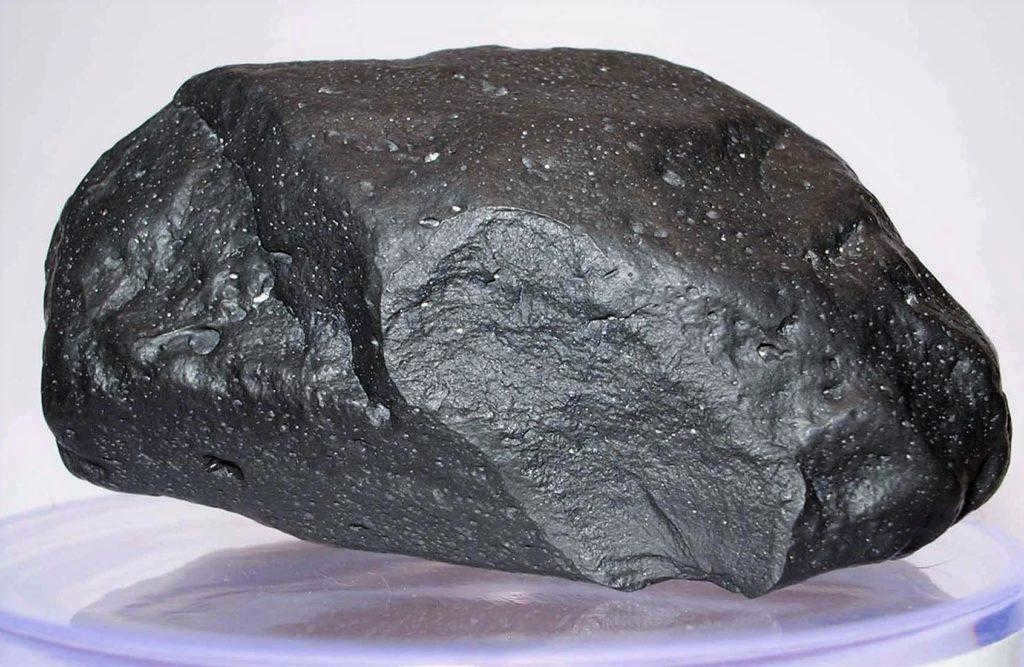
One of the primary external indications of a meteorite is worth mentioning:
In addition, these celestial bodies have an irregular form. It is quite challenging to come across a meteorite that is rounded or cone-shaped. The surface is a melted and freshly solidified layer of meteorite material. This process occurs while it is traveling through the atmosphere, where it heats up to a temperature of approximately 1800 degrees.
The indentations that characterize the surface of a meteorite are known as regmaglypts. They form as a result of ablation processes during the body’s journey through the atmosphere. All meteorites possess magnetic properties.
What occurs when meteorites descend to the surface of our planet
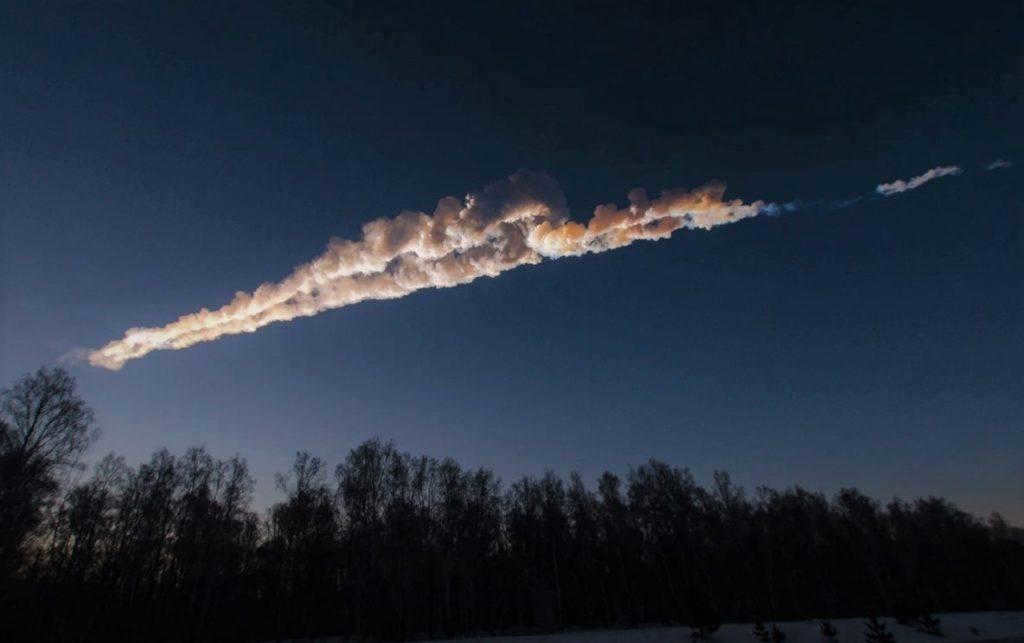
The majority of celestial objects possess an exceptionally high velocity of movement (which can reach 72 km/s upon entering the atmosphere). The combustion and luminosity of a meteorite occur as a result of its interaction with the air. In most instances, these solid entities burn up entirely before making contact with the Earth’s surface. If the meteorite is of considerable size, it gradually decelerates and cools down. The subsequent course of events will be contingent upon the initial velocity attained, the body’s mass, and the angle at which it enters the atmosphere.
It’s a fascinating factOn other celestial bodies, such as planets, you can observe distinct evidence of meteorites of varying sizes.
Meteorites are given numerous names and classifications, including:
Cosmic objects are referred to as meteoric bodies until they enter the Earth’s atmosphere. They are categorized based on various astronomical characteristics. These can include meteorites, asteroids, space dust, and more. If an object rapidly passes through the atmosphere, leaving behind a luminous trail, it is known as a meteor or a bolide. A solid body that descends onto the Earth’s surface and creates a deep crater is called a meteorite. These bodies are named based on the location where they land.
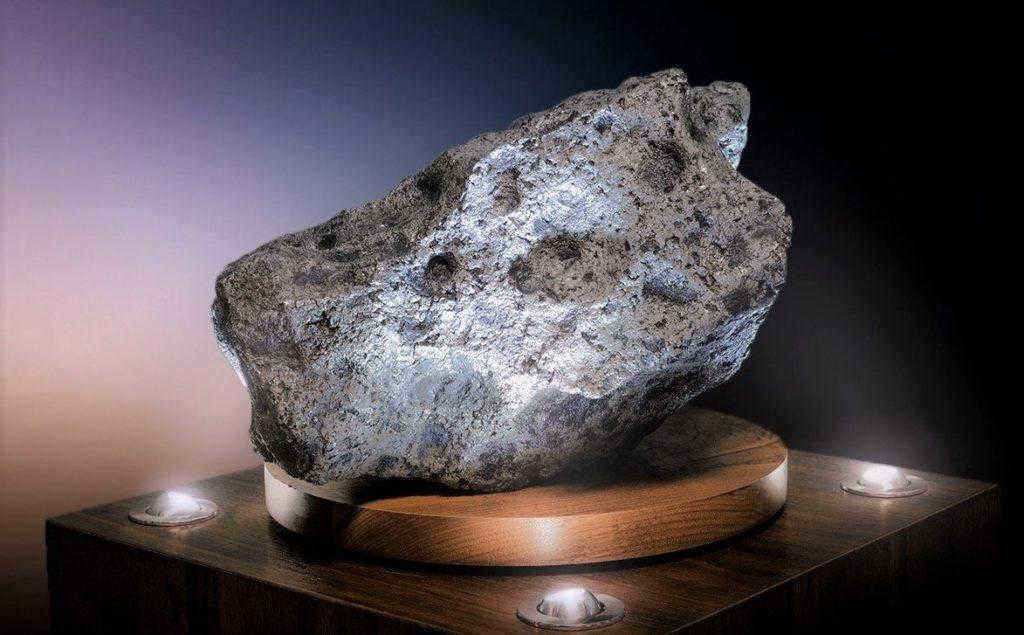
There are different types of stone meteorites, including chondrites and achondrites. Chondrites are named after the chondrules they contain, which are silicate formations. Achondrites, on the other hand, are similar to igneous rocks found on Earth. These meteorites do not have chondrules and are made up of material that formed after the melting of planetary bodies. Meteorites can also be classified as fallen or found. Stone meteorites can often go unnoticed as they closely resemble rocks found on Earth.
The components of which they are made
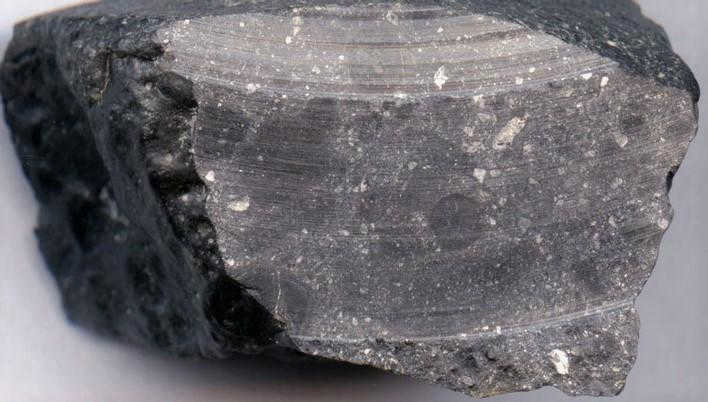
The majority of meteorites are comprised of stone. Typically, these are chondrites, which account for 92.8% of all meteorite collisions with the Earth’s surface. Achondrites make up 7.3% of falls, while iron meteorites account for 5.7% and iron-silicate meteorites make up 1.5%. These types of meteorites are classified as differentiated, meaning that the materials they are composed of originated from collisions with asteroids and other celestial objects.
Various Kinds of Meteorites
When people think of meteorites, they usually imagine them as iron objects. These meteorites are typically large and have unique shapes that develop during their descent and melting. However, contrary to popular belief, there are actually three different types of meteorites.
The metallic type
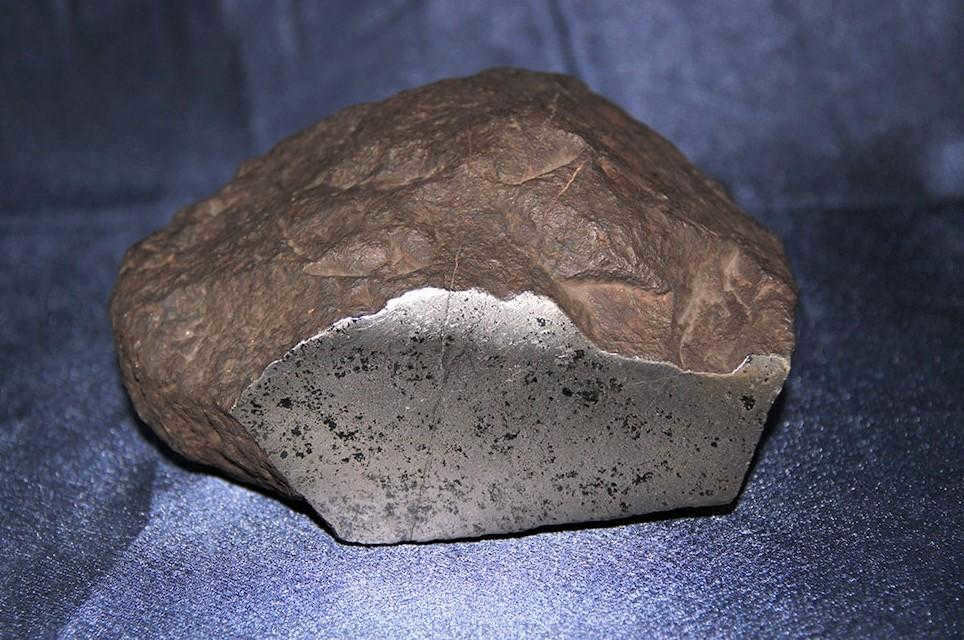

Iron meteoroids were previously a component of a celestial body’s nucleus or a huge space rock. It is believed that the latter originated the Asteroid Belt, which can be found between the planets Jupiter and Mars. On our planet, these substances are known to be among the densest and exhibit a strong attraction to magnets. In fact, iron meteoroids are significantly more massive compared to regular stones. Their weight can be likened to that of a cannonball or a steel slab.
Form of Stone
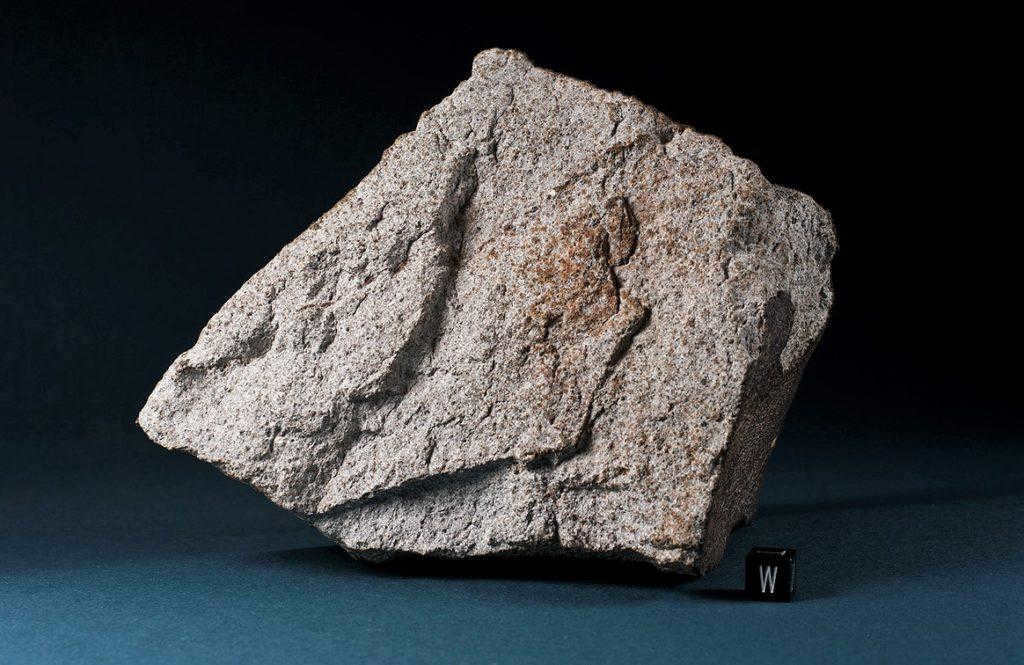
Stone meteorites are one of the largest categories of meteorites. They originate from either an asteroid or the outer layer of a planet. Many stone celestial bodies go unnoticed on Earth because they closely resemble familiar rocks. Only a trained individual can differentiate between terrestrial material and a meteorite. A celestial solid body can be distinguished by its black color, which it obtains during its journey through the atmosphere.
Some rock meteorites display small, colorful flecks known as “chondras.” These patterns are formed from the solar nebula, which is the oldest matter available for scientific examination.
Types of Stone-Iron
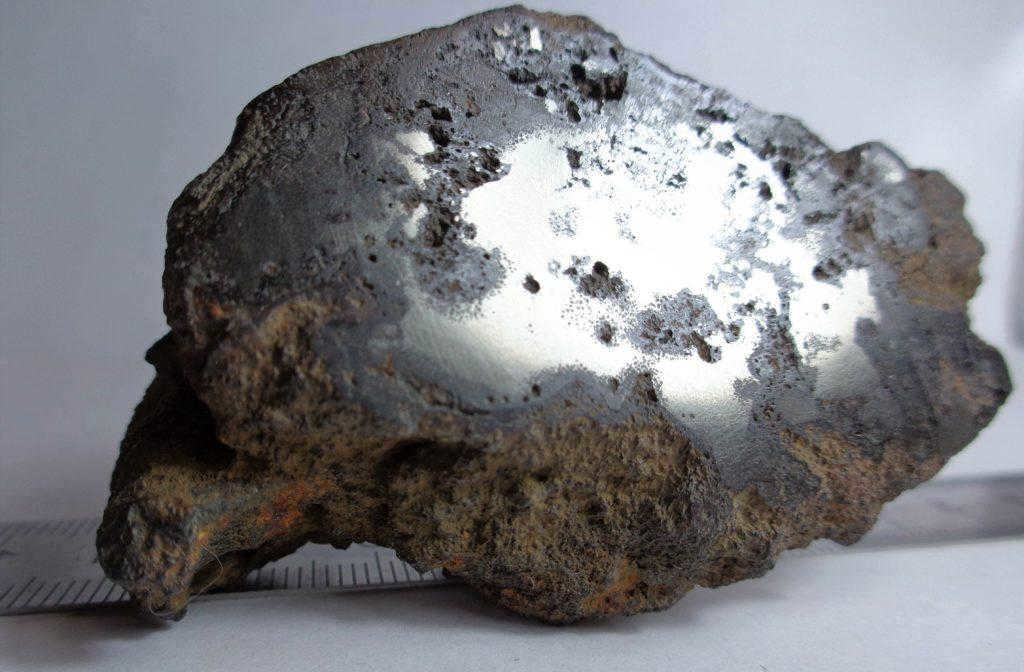
The stony-iron type of meteorites is extremely rare. These celestial bodies only account for 2% of the total number. Meteorites of this type are a combination of rock and iron, and they can be further classified into mesosiderites and pallasites. Stone-iron objects are believed to have formed at the boundary between the mantle and crust of their parent bodies.
Among collectors, pallasites are highly coveted specimens. They consist of a matrix of iron and nickel, with olivine filling the gaps. If the olivine crystals are pure and have a green color, they are considered gemstones known as peridots. Mesosiderites, on the other hand, are the smallest group of stone-iron meteorites. These objects have a visually appealing appearance and are composed of nickel and silicates.
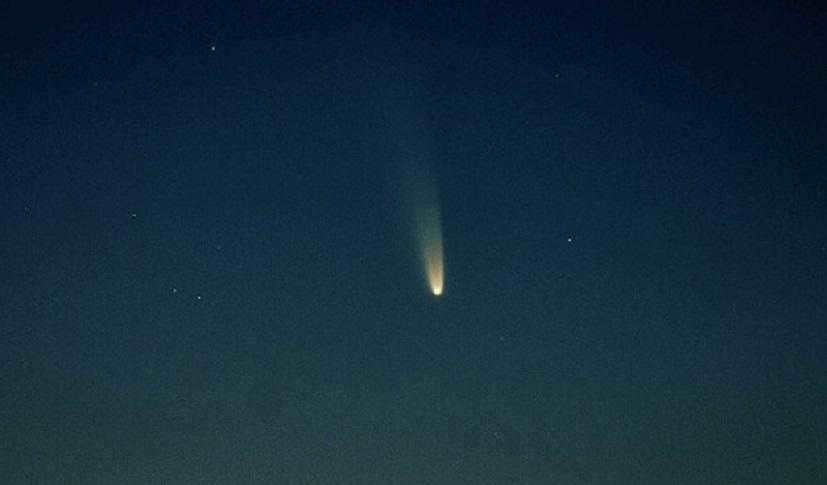
It is common for people to mistakenly use the terms bolide, meteor, or asteroid interchangeably when referring to a meteorite. To understand the classification of these cosmic bodies, it is important to study their unique characteristics.
- Meteorites are celestial bodies that have successfully penetrated the Earth’s atmosphere and landed on its surface.
- Meteors are small fragments of space bodies, typically no larger than a few centimeters. These particles enter the atmosphere at high speeds and burn brightly, resembling shooting stars.
- A bolide is a particularly bright meteor. It leaves behind a trail of smoke and is often accompanied by a loud noise. The flight of a bolide may end with an explosion.
- Asteroids are solid celestial objects composed primarily of rock. The majority of these objects orbit the sun between Mars and Jupiter, although some can be found in the outer belt beyond the orbit of Pluto.
Origin of Meteorites
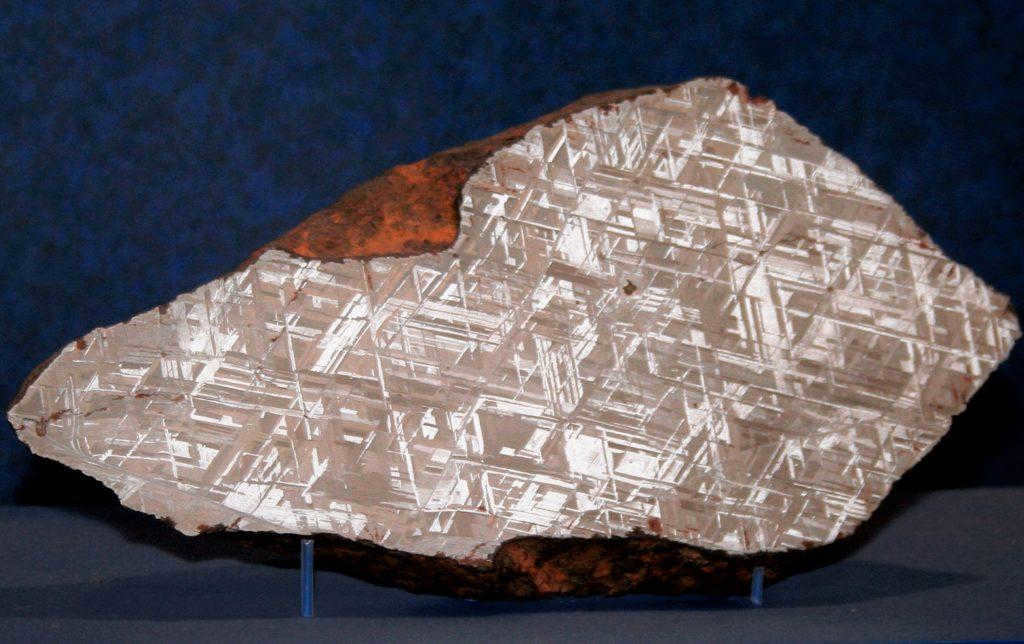

Upon examination of the chemical and other compositions of meteorites, scientists have deduced that they are fragments originating from sizable entities within the solar system. These parent bodies have an approximate radius of 200 km, similar to the largest asteroids. The conclusion drawn from the analysis is based on the cooling duration of the iron meteorite, resulting in the formation of various nickel alloys and the creation of widmanstetten figures.
The suggestion is that the stone meteorites were dislodged from small planets devoid of atmosphere and riddled with craters, akin to the Moon. However, it is important to highlight that meteorites and samples from Earth’s satellite exhibit notable disparities in their chemical makeup. Therefore, we can infer that the meteorites did not originate directly from the Moon.
Fascinating tidbit: After analyzing photographs of meteorite flights, scientists have deduced that they originated from the asteroid belt.
Meteoric Showers
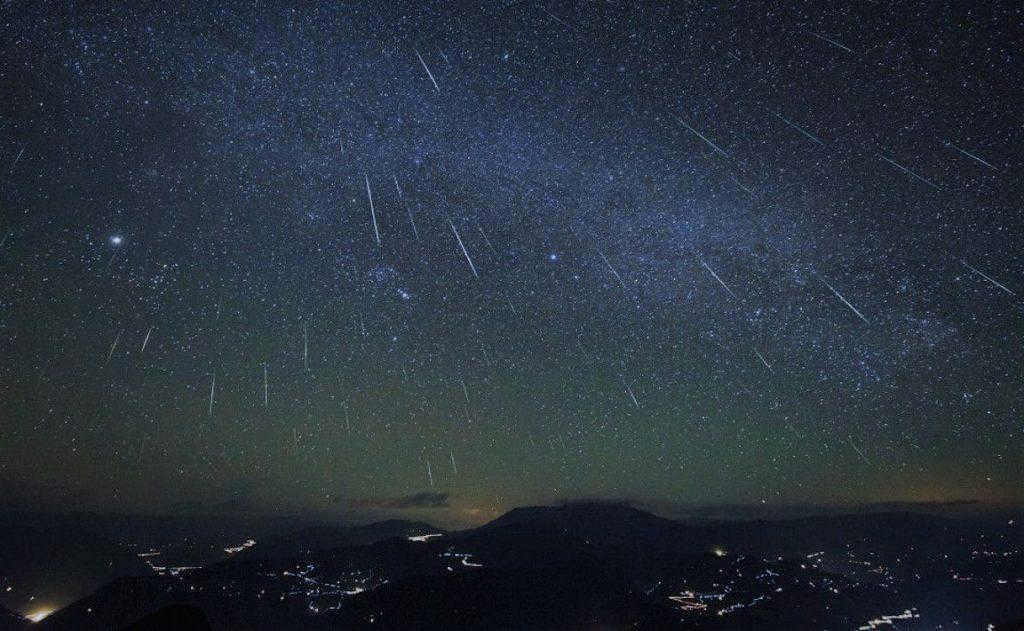
When the meteorite enters the Earth’s atmosphere, it starts to break apart. Numerous pieces then descend onto the planet, forming craters. This event is often referred to as a meteor shower, which is sometimes mistaken for a meteor shower. The distinction lies in the fact that meteors never make contact with the Earth’s surface, whereas fragments of a meteorite can result in substantial destruction.
Organic Compounds Found in Meteorites
Meteorites that contain carbon often have a thin glass-like crust, which forms when they experience high temperatures during their descent. This coating acts as a protective barrier, safeguarding the composition of the meteorite from the external environment. Extensive research into the chemical makeup of meteorites has revealed that they contain elements that are strikingly similar to those found on Earth. Notably, carboxylic acids, hydrocarbons, and nitrogen compounds have been identified. However, it is impossible to definitively conclude that these discoveries confirm the existence of extraterrestrial life.
During the investigation of stone meteorites, scientists have discovered a phenomenon known as “organized elements”. These formations resemble simple unicellular organisms, possessing unique characteristics such as spines, double walls, and pores.
Microscopic unicellular organisms have been observed in every meteorite that has been studied. These formations have been labeled as “organized” elements. However, it is important to note that this does not provide concrete evidence for the existence of extraterrestrial life. Nevertheless, the high level of organization exhibited by these formations is typically associated with organic matter.
Importantly, these unique formations have never been found on Earth. The abundance of these “organized elements” is a defining characteristic, with approximately 1800 unicellular organisms present per gram of meteorite material.
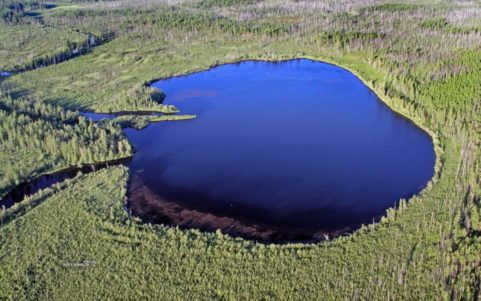
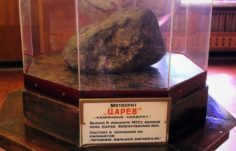
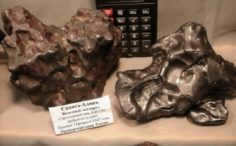
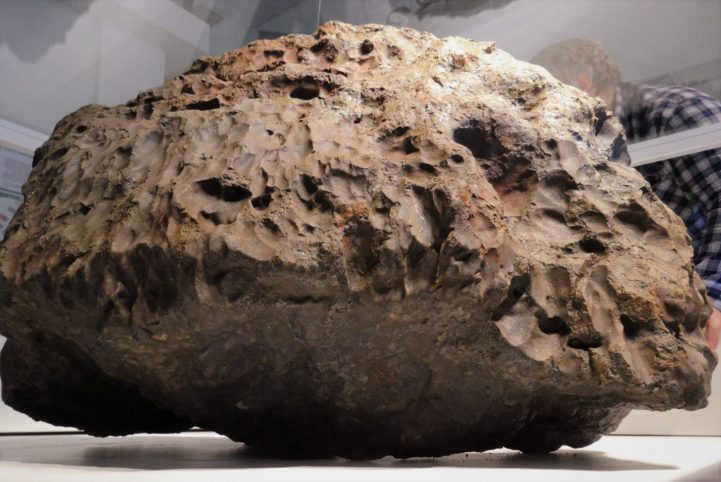
A number of significant meteorites have been discovered in Russia, including:
- Tunguska – it is believed to have impacted the Podkamennaya Tunguska river basin on June 30, 1908. The origin and composition of this meteorite remain unknown, and no fragments have been recovered. It is speculated that the meteorite exploded in the atmosphere, releasing an estimated energy equivalent to 50 megatons.
- Tsarev – this meteorite fell near the village of Tsarev in the Volgograd region on December 6, 1922. The stone meteorite fragmented upon impact, with the largest piece weighing 284 kg. The total mass of the meteorite was approximately 1.6 tons.
- Sikhote-Alin – the fall of this iron meteorite took place on February 12, 1947 in the dense Ussuri taiga. Weighing 30 tons, it released an estimated energy of 20 kilotons.
- On February 15, 2013, the Chelyabinsk meteorite impacted in close proximity to the city of Chelyabinsk. The heaviest fragment of this meteorite weighs approximately 654 kilograms.
Renowned Meteorites
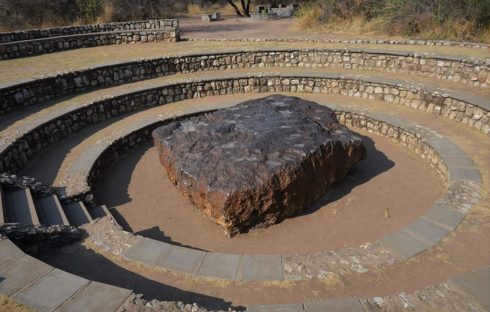
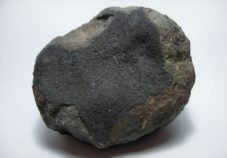
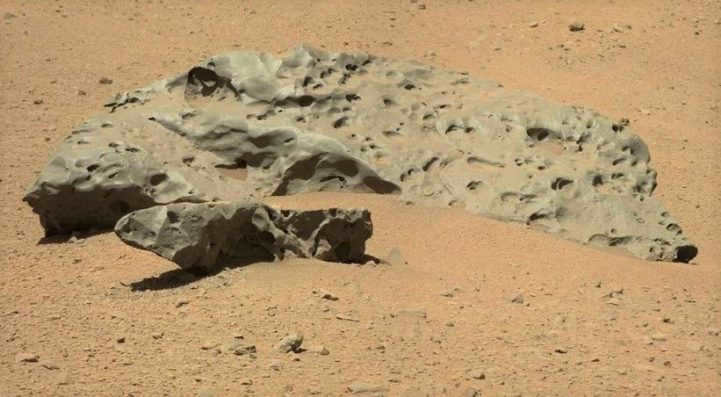
Among the meteorites, it is worth mentioning the most famous ones:
- Goba – the heaviest (60 tons) among all meteorites ever discovered, it fell to Earth in 1920, in Namibia;
- Gancedo – was discovered in September 2016 and is the second largest, weighing 30.8 tons;
- Allende – is the largest carbonaceous chondrite meteorite found on Earth;
- Lebanon – is the largest meteorite ever discovered on Mars.
Notable Meteorite Records
The title of the oldest meteorite is attributed to a celestial body that crashed into our planet approximately 1.9 billion years in the past. With a mass of roughly 2 tons, this extraterrestrial entity made impact in what is currently known as Xi’an, a city in China. The indigenous inhabitants refer to this fallen meteorite as Haushitai Mountain.
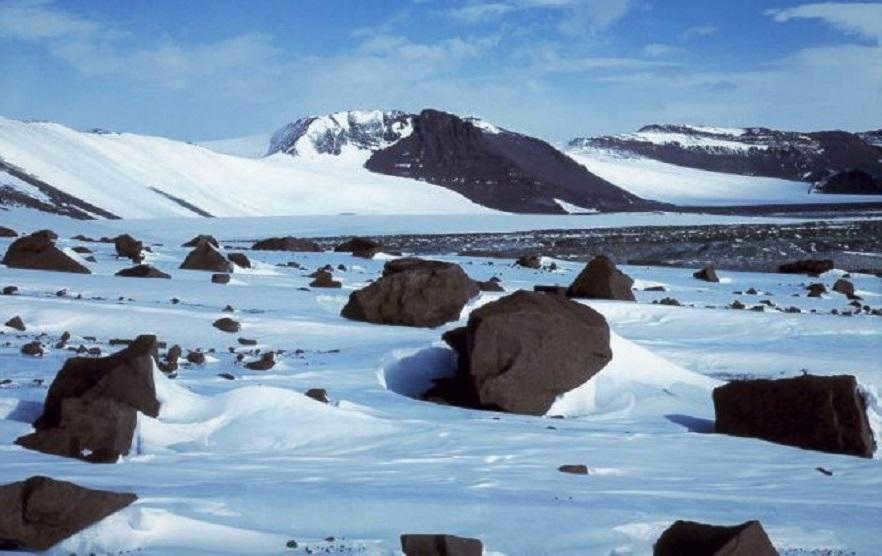
Antarctica is home to the largest collection of meteorites on Earth, with approximately 700,000 celestial objects scattered across its vast territory. In certain areas, these meteorites form concentrated “deposits,” making it an ideal location for scientific research and exploration.
The most significant meteor shower in recorded history took place on Earth from November 12 to 13, 1833. During this event, an estimated 240,000 meteorites of various sizes rained down on the planet’s surface over a span of 10 hours.
Around 50,000 years ago, a massive meteorite crater formed in Arizona, making it one of the largest on Earth. This crater has a diameter of 1.5 km and a depth of 200 meters, bearing witness to the impact of a celestial body weighing at least 10,000 tons.
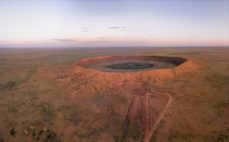
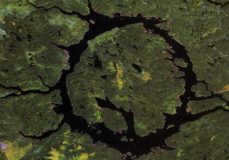
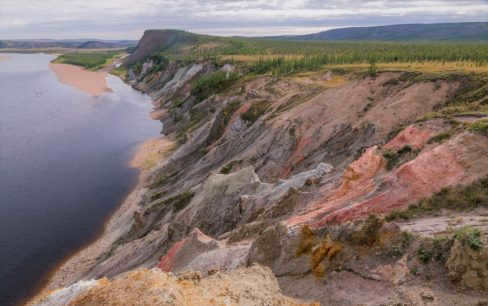
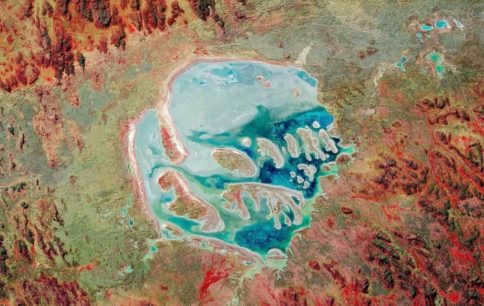
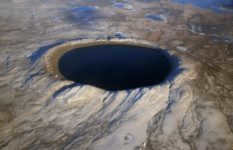
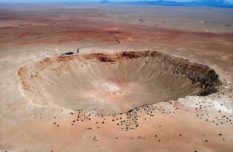
Among the various imprints left by meteorites on Earth, there exist immense craters, namely:
Utilization of meteorites
In ancient times, fallen meteorites were revered as religious artifacts. The knowledge of extraterrestrial iron predates humanity’s ability to extract it from ore. Objects crafted from meteorites were highly prized and sought after. For instance, a dagger composed of such material was uncovered in Tutankhamun’s burial chamber. In the present day, these celestial bodies are solely of interest to scientific research. They provide valuable insights into the state of the solar system and distant worlds.
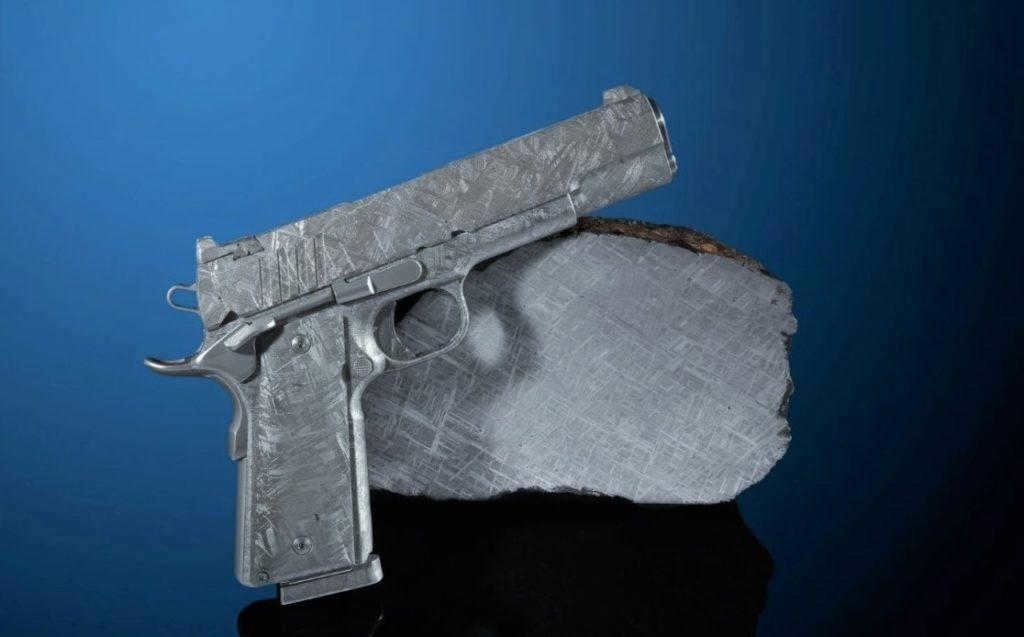
Nevertheless, iron meteorites are occasionally utilized for crafting jewelry. The allure lies within the crystalline structure of the material. The interweaving of the substance’s needle-like formations, their intricate shapes, and fractal compositions captivate the beholder. These exquisite adornments are formed during the cooling process of a highly heated amalgamation of iron and nickel. Because space lacks air, the meteorite’s temperature gradually diminishes over an extended period. In one million years, it only decreases by a few degrees.
In meteorites containing iron, the metallic framework contains silicate and olivine phenocrysts.
Fascinating fact: Gemstones are recognized as green-yellow shades of the mineral. It is impossible to artificially create such a structure. The appearance serves as a guarantee of the authenticity of jewelry made from a fallen meteorite.
The Peril of Meteorites
The likelihood of a meteorite landing in a populated area is extremely low. Throughout history, only a few instances of this have been documented, and no serious injuries have been reported. However, this should not diminish the danger posed by meteorites. The incident in Chelyabinsk serves as an example that the explosion of a large celestial object can result in significant destruction.
There is a widespread belief among individuals that meteorites possess radioactive properties or harbor unknown extraterrestrial diseases. However, this speculation lacks any factual basis and is primarily rooted in imagination and contemporary filmmaking. To date, no instances of a cosmic radioactive entity have been identified.
Investigating Meteorites
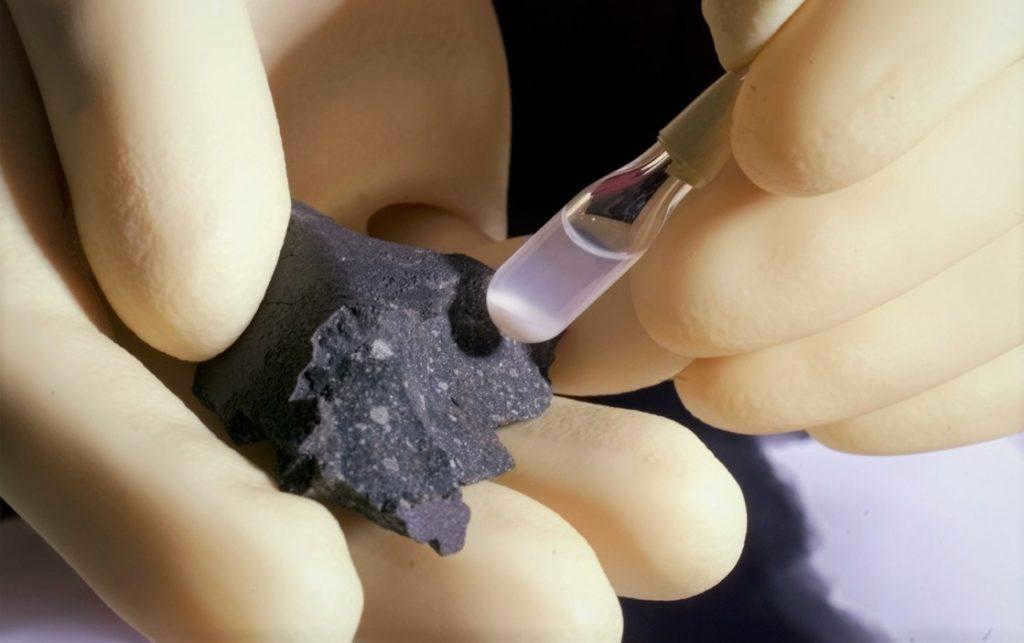
In the late 1700s, scientists in Paris proposed the idea that meteorites did not come from outer space. Their followers concluded that the scientific understanding of that time was limited. The French Academy of Sciences examined a stone that had fallen to Earth during a thunderstorm, earning it the name “thunderstone.”
Chemical and mineralogical analyses were conducted, but they were insufficient to determine the rock’s origin. Only after several decades did astronomers finally recognize the rock as a terrestrial mineral.
What is the number of meteorites that fall to Earth?
Every day, around 5 tons of meteoritic material descends onto the Earth’s surface. Over the course of a year, this amounts to approximately 2,000 tons.
The majority of these celestial objects that do not disintegrate upon entering the atmosphere end up landing in the ocean or in sparsely populated regions. It is extremely rare for a space object to cross paths with human observers.
Meteorites throughout history
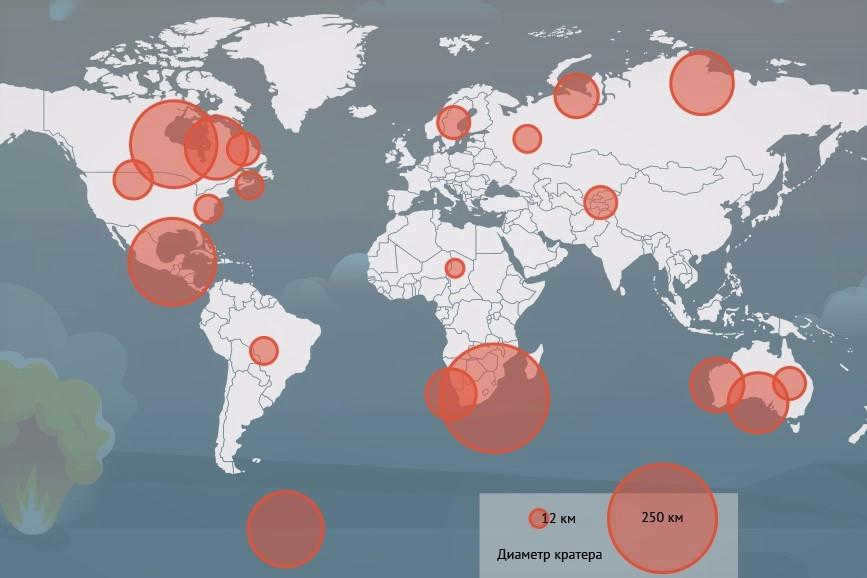
Meteorites, in the form of extraterrestrial travelers, have captivated the human imagination for centuries. Nearly everyone has witnessed the spectacle of a shooting star at least once in their lifetime. It is difficult to fathom the astonishment and fear that ancient people must have felt when they witnessed meteorites falling before their very eyes. The loud noise, crackling and hissing sounds, and the sight of a fiery ball streaking across the sky and crashing onto the Earth’s surface with a thunderous boom – such a scene is bound to leave a lasting impression. These extraordinary events were ingrained in the memories of our ancestors and were passed down through generations in the form of myths and legends. The remains of meteorites were cherished as sacred artifacts, held in reverence within households.
It is not surprising that even during those years, scientists were unable to identify the meteorite as an actual celestial body, as they believed the eyewitness accounts to be mere fiction. It was only in 1794, after the examination of Pallas’s iron – one of the largest meteorites of that time, discovered in modern-day Siberia – that the extraterrestrial origin of these objects could be confirmed.
Many years have since passed, yet meteorites continue to captivate the attention of the scientific community. These cosmic entities have become a common theme in science fiction literature and films, holding a significant place in our culture.
If you come across any errors, please select the text and press Ctrl+Enter.
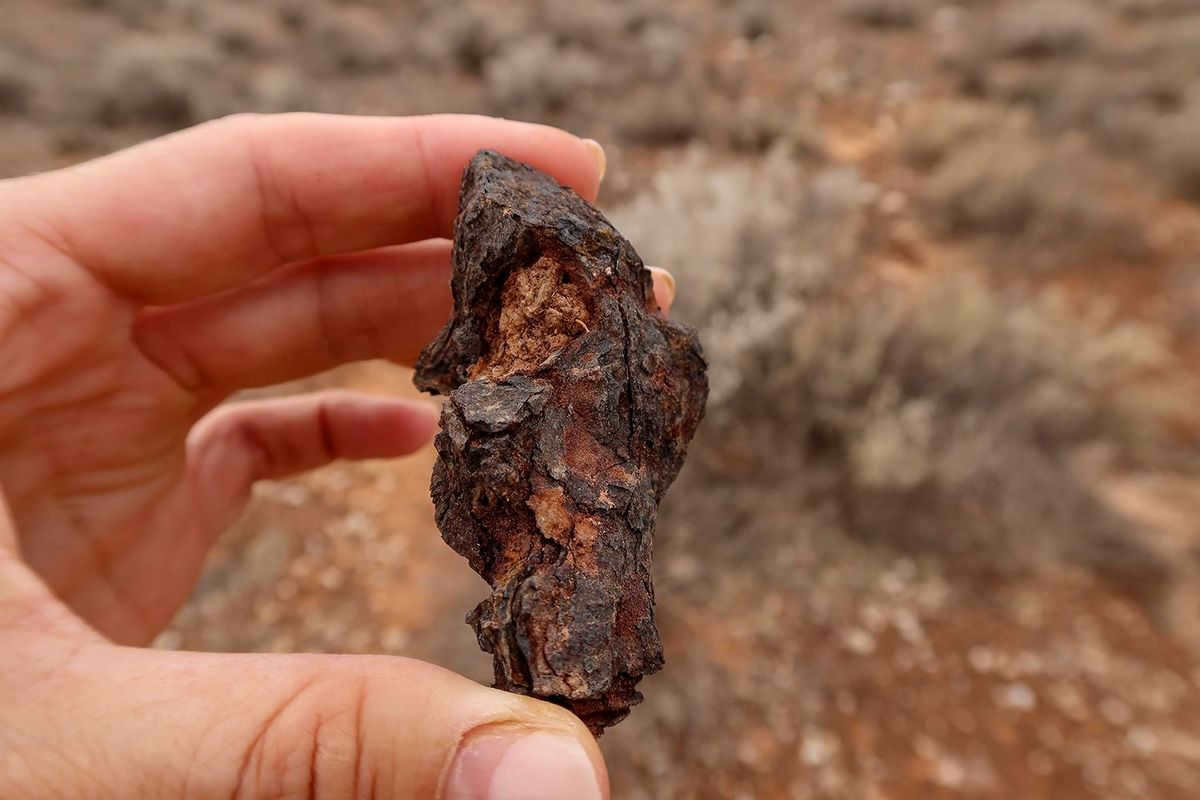
Have you ever gone hiking and stumbled upon a peculiar rock, immediately suspecting it to be of extraterrestrial origin? Examining its unique shape and surface, you couldn’t help but think, “I bet this came from outer space!” This is how people often come across what they happily assume to be a fragment of an asteroid that has fallen from the heavens. However, in very rare instances, it actually turns out to be a meteorite.
It would certainly be a thrilling (and potentially profitable) experience to serendipitously discover a small piece of debris from a passing asteroid that rapidly traversed the atmosphere and landed right next to you on Earth’s surface. But bear in mind that finding a genuine space rock is a happy accident, akin to winning the jackpot in terms of rarity and luck.
However, most of the individuals who come across something unusual often jump to the conclusion that they have discovered a meteorite. And there are countless such individuals, just like the number of pebbles in a mountain stream. Perhaps they are correct, but it wouldn’t hurt to verify their finding.
1Gai.Ru provides you with a brief manual on how to determine whether the peculiar rock fragment you have stumbled upon originated from outer space or if you are simply holding an ordinary and unremarkable pebble from Earth.
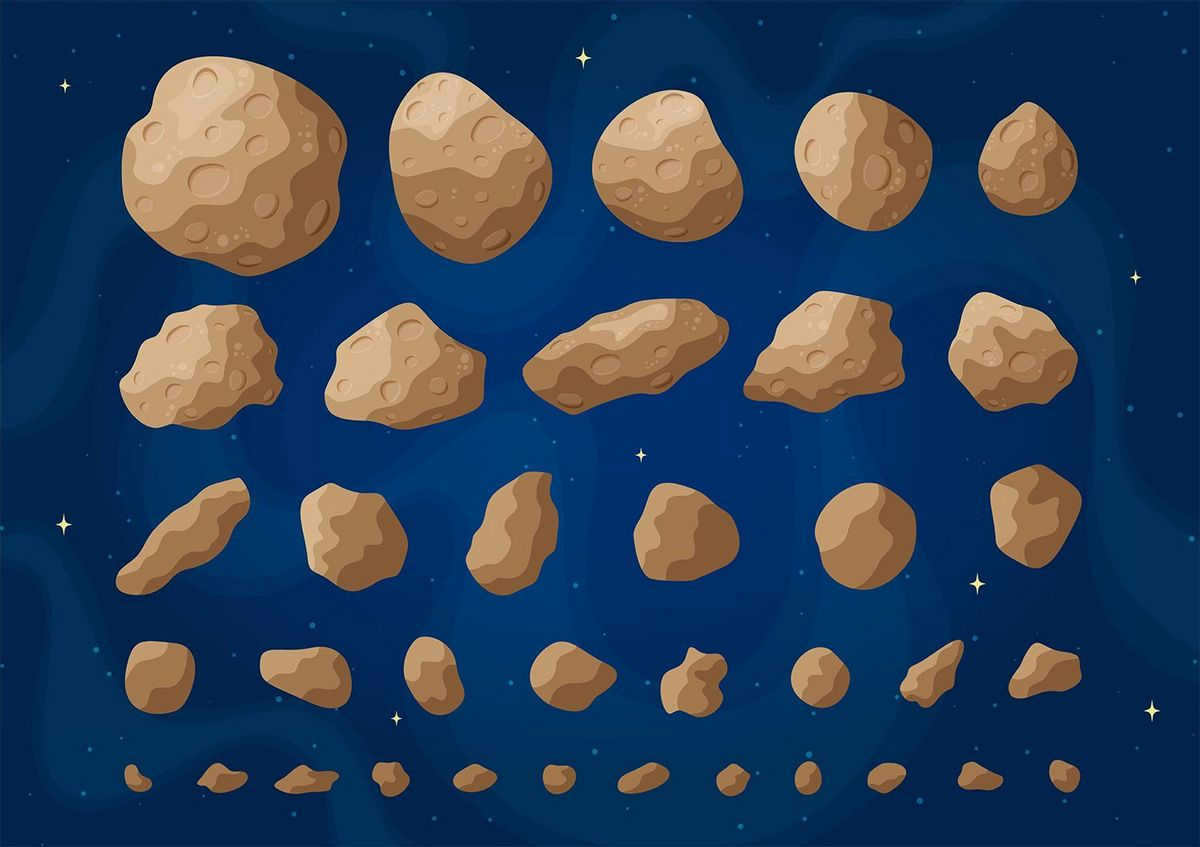
A study conducted by the University of Manchester and Imperial College reveals that around 17,000 meteorites descend to Earth annually, with a wide range of weights. The tiniest ones can be as light as 50g, while the largest ones can weigh up to 10kg. Despite the seemingly large quantity of celestial objects falling from the sky, it is important to note that we are referring to minuscule fragments that are randomly dispersed across the planet’s surface.
The overwhelming majority of these particles ultimately find their way into the world’s oceans. As for the ones that happen to land on solid ground, they are so minuscule and unremarkable that the chances of stumbling upon a random meteorite and even recognizing it among other pebbles are exceedingly slim. Over the past two centuries, no more than 1,800 meteorites have been discovered in a country as vast as the United States. It is far more lucrative and less challenging to search for gold, diamonds, or emeralds – after all, there are greater quantities of them deep within the Earth’s depths than there are scattered meteorites on its surface.
Where are the best places to search for meteorites?
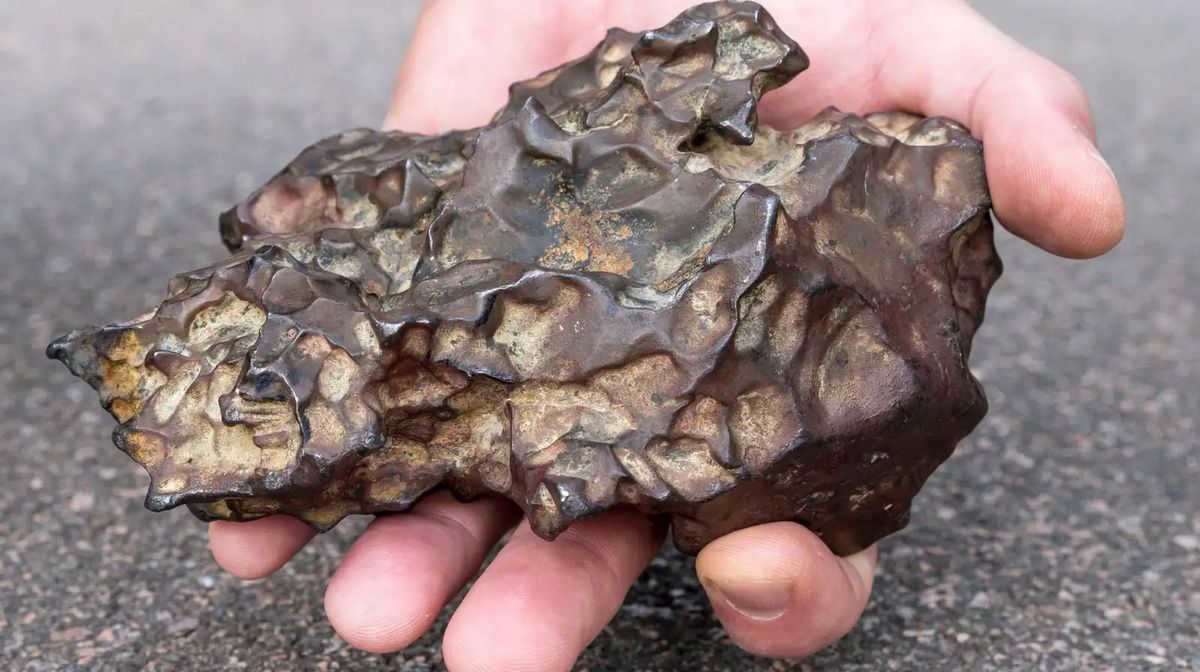
Elevating a genuine fragment of material that descended from the heavens is a rare occurrence, although there are still individuals who manage to discover them. However, locating these extraordinary objects requires searching in the correct location. Experts in meteorites understand that the most optimal place to search for these metallic or stony masses, which are essentially “cosmic debris,” are the icy expanses of Antarctica. It’s not that rocks plummet more frequently onto this continent compared to others; it’s just that on the white, snow-covered terrain, the dark stones or metals become more conspicuous.
Another geographical area where meteorite hunters have a higher probability of locating their valuable treasures is within desert landscapes. In these areas as well, the dark fragments of celestial bodies become more visible against the white sands.
If you happen to come across a unique and distinct pebble while out on a hike, mountain expedition, or in the desert, it’s important not to get too excited. Chances are, it may not actually be a meteorite.
Here are some key facts about what constitutes a meteorite and the distinguishing features that differentiate them from other objects. So, if you stumble upon something intriguing, you can attempt to ascertain whether you’ve truly been fortunate enough to come across a genuine piece of cosmic matter, or if it’s a counterfeit and you’ve simply picked up a regular boulder.
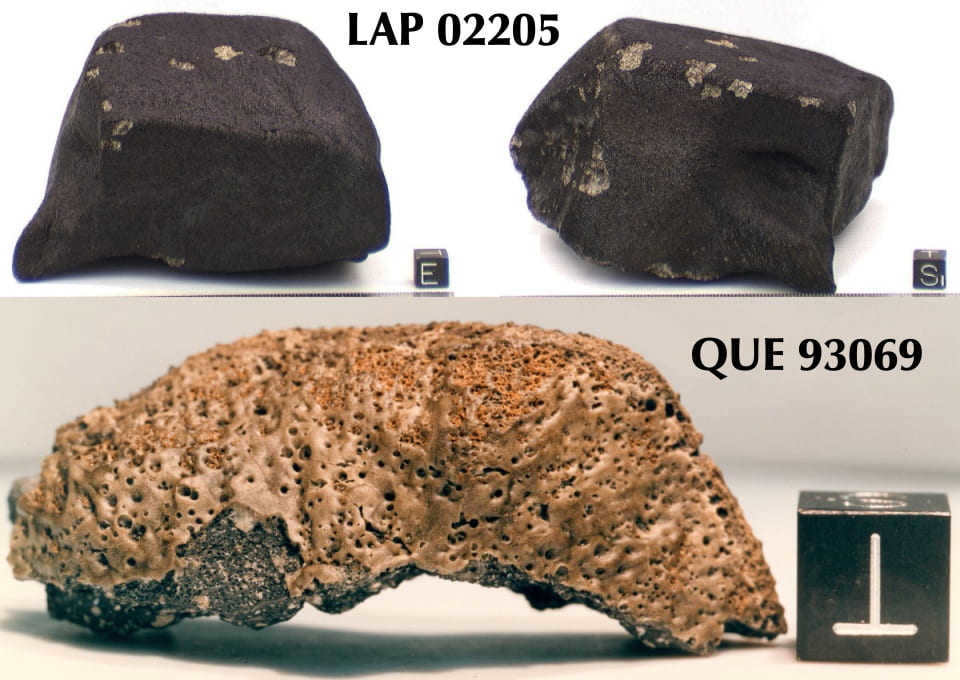
Authentic meteorites possess the following characteristics:
- Molten exterior. If it is an authentic “child of the heavens,” it is highly probable to have a layer of jet-black color on its surface, which is created by liquefied rock passing through Earth’s atmosphere at extremely high temperatures. In some cases, the original black hue may transform into a brownish-rust color if the object remains on Earth’s surface for many years. However, if upon inspection you find no evidence of a fused exterior, it is likely that you are not holding a genuine meteorite.
- Regmaglypts. Meteorites may possess level and polished exteriors, albeit frequently they exhibit regmaglypts – rounded indents resembling imprints left by fingers in wet clay that solidified in that fashion. These distinctive features are acquired by celestial bodies hurtling through the Earth’s atmosphere at tremendous velocities.
- Absence of streaks. When you rub any earthstone against the unglazed side of ceramic kitchen tiles, it will create streaks. However, if you scratch with a meteorite, it will not leave any marks.
Hello, dear readers of the KtoNaNovenkogo.ru blog. Since our childhood, we have been aware that the Sun is the center of our solar system and that the Earth revolves around it. Additionally, we know that there are other planets in our solar system.
However, it is important to note that our solar system contains various celestial bodies that are much smaller than planets. One example of such celestial bodies is meteorites.
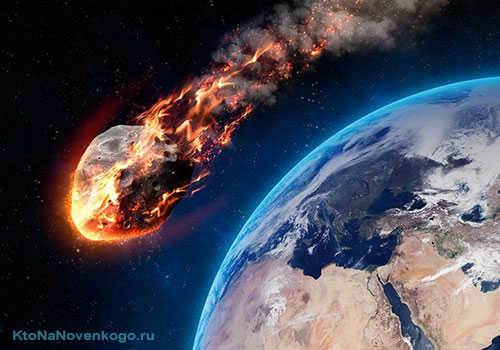
What exactly is a meteorite? How does it differ from a meteor? Moreover, what are the most significant ones ever discovered? These are the topics we will be discussing today.
A meteorite is a minuscule celestial entity
A meteorite is a small celestial body capable of descending onto Earth due to its orbit intersecting with that of our planet.
Not only do they impact our planet, but they also crash into other significant bodies within the solar system. For instance, the moon is covered in craters caused by the impact of these celestial entities.

When entering the Earth’s atmosphere, meteorites travel at incredible speeds, ranging from 11 km/s to 72 km/s. This high velocity causes the meteorite to heat up and undergo a process of glowing. Depending on the intensity of the heat, the meteorite may either completely burn up or experience a significant reduction in volume or mass.
In the event that the meteorite does not completely burn up upon impact, a tremendous amount of energy is released upon contact with the Earth’s surface. This release of energy often results in a powerful explosion, leaving behind a visible crater as evidence of the celestial body’s journey.
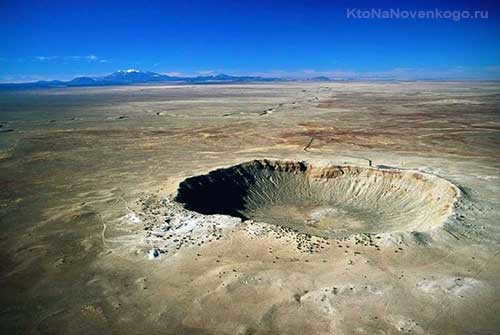
The size of the crater can vary depending on the speed of the falling object. It can either be similar in size to the diameter of the falling body or significantly larger.
- If the speed of the falling body is only a few hundred meters per second, the resulting crater will be approximately the same size as the meteorite.
- However, if the body collides with the Earth’s surface at several kilometers per second, the size of the crater will be much larger than the diameter of the fallen object.
The size of a meteorite that impacts the planet’s surface can range from a few millimeters (or even smaller) to several meters. Every year, the Earth receives up to 2 thousand tons of meteoric mass.
Meteor – its definition and distinction from a meteorite
A meteorite is a celestial object that reaches the Earth’s surface – as already discussed above.
A meteor, on the other hand, is a celestial body that enters the Earth’s atmosphere but does not make it to the surface and instead burns up. We observe these bodies as “shooting stars”.
That is why meteors are often referred to as a phenomenon rather than a celestial body.

If a meteor remains intact when it plummets to the ground, it transforms into a meteorite. The term originates from the Ancient Greek word μετέωρος, which translates to “celestial”.
What causes meteors and meteorites to descend?
What prompts a meteorite to descend? As you may be aware, our solar system is inhabited by numerous small celestial bodies, each following its own orbit.
However, if any of these bodies comes into close proximity with the Earth’s atmosphere during its course, the Earth’s gravitational pull comes into effect. This close encounter with Earth dramatically alters the trajectory of the celestial object.
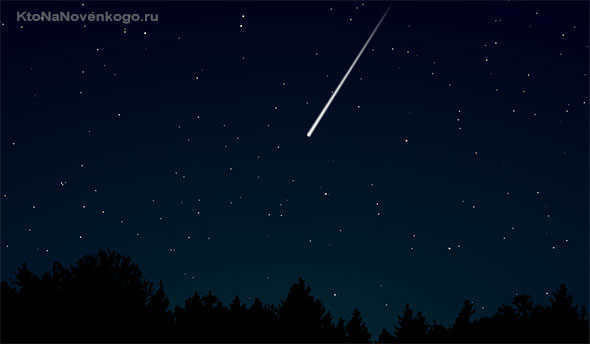
There are meteorites and meteors that travel in a clockwise direction around the Sun, while others move counterclockwise. Given this fact, these celestial bodies are categorized based on their motion with respect to the Earth:
- Encounters: These bodies can enter the Earth’s atmosphere at a maximum speed of 72 km/s, which is the sum of the Earth’s speed (30 km/s) and the meteorite’s maximum speed of 42 km/s.
- Catching up: These bodies fall at a much slower speed of approximately 11 km/s. The meteor speeds also vary depending on the angle at which they enter the atmosphere.
Most of these bodies fall at speeds ranging from 20-25 km/s.
What are the components of a meteorite?
Meteorites can be classified into various types based on their composition:
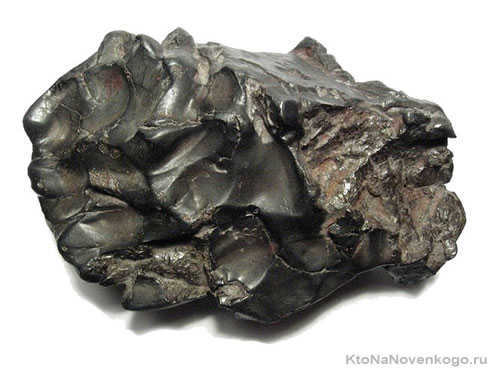
- Iron meteorites were once part of dead planets or asteroids, consisting primarily of iron (about 90-95%), with the remaining mass made up of nickel and other elements. These meteorites account for approximately 5-6% of all objects that fall to Earth.
- Stone meteorites are formed from the outer shell of a planet or asteroid. They closely resemble ordinary stones, especially when they are of a similar size, making them difficult to distinguish for many people.
- Ironstone meteorites are celestial bodies that formed at the boundary between the crust and mantle of their original planet or asteroid. Only 2% of all known meteorites fall into this category.
There are different types of stone meteorites, including:
- Chondrites, which make up the majority of celestial bodies that have fallen to the Earth’s surface.
- Achondrites.
Meteor showers
As mentioned earlier, when a meteor enters the Earth’s atmosphere at high speed, it heats up and may burn up completely before reaching the Earth’s surface.
During this process, the meteor can break up into smaller meteorites and meteors, which is known as a meteor shower.
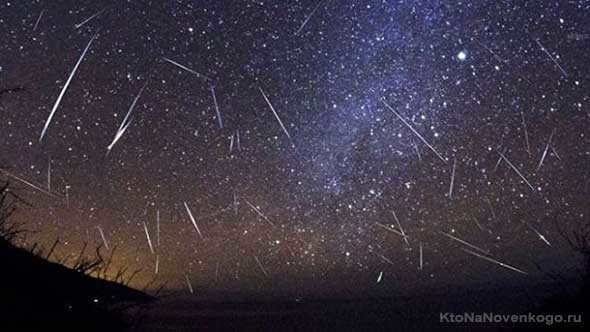
Following the impact of a massive meteorite on the Earth’s surface, it is common for a crater to form. However, when a meteor shower occurs, it typically leaves behind a field of craters.
The Tunguska Incident
A peculiar event took place in Siberia on June 30, 1908. A large fiery object was observed flying through the sky. Suddenly, a powerful explosion erupted above the uninhabited region of the taiga, at an altitude ranging from 7 to 10 kilometers. The resulting shockwave was incredibly intense.
Windows in people’s homes were shattered several hundred kilometers away from the blast site. Over 2,000 kilometers of forest were completely flattened. If this explosion had taken place in a densely populated area, the consequences would have been catastrophic.

This event was known as the Tunguska meteorite. However, as time went by, scientists started to question whether this name was appropriately given.
There are several reasons why it should not be referred to as such:
- In the center of the explosion, the trees remained standing, while in a wide area they were knocked down. In the case of a meteorite impact, a crater is usually left at the point of contact with the Earth. However, no crater was discovered.
- Furthermore, no traces of the elements that compose the celestial body were found.
Nowadays, scientists believe that the body was of cometary origin. Comets’ cores are composed of ice crystals and are easily destroyed, which is why this theory has gained supporters. However, there are other hypotheses regarding what the Tunguska event could have been.
On February 15, 2013, an explosion occurred in the Chelyabinsk region at an elevation of 15-25 km, caused by the disintegration of a meteorite. This event was accompanied by a massive shockwave. Numerous pieces of the extraterrestrial object were discovered on the surface of our planet. The combined weight of these fragments tallied up to 654 kg.
Nevertheless, the actual celestial body had a weight exceeding 1 ton. It was designated as the Chelyabinsk meteorite.
Most meteorites have a small mass, with some weighing over 100 kg. However, there are several specimens that have a mass exceeding one ton. Here is a compilation of those meteorites:
- Sikhote-Alin, which fell in Russia in 1947. The combined mass of its fragments is 23 tons.
- Girin, weighing 4 tons, fell in China in 1976.
- Allende, which fell in Mexico, had a weight of 2 tons.
- Kunya Urgench, which fell in Turkmenistan in 1998, had a weight of 1.1 tons.
- Norton County, fell in the USA in 1948.
- Chelyabinsk, weighing 1 ton, fell in 2013.
Wishing you the best of luck! See you soon on the pages of the blog KtoNaNovenkogo.ru
This article is categorized under the following headings:
Fortunately, the Chelyabinsk meteorite, prior to its descent, essentially disintegrated in the atmosphere, but despite its diminutive size, it managed to inflict significant harm on both structures and human well-being, with numerous individuals sustaining lacerations from shattered window panes.
It is crucial to bear in mind that sizable meteorites have the potential not only to obliterate a city, but also to alter the course of evolution. Consider, for instance, the dinosaurs, who reigned over the planet for millions of years; according to one of the primary hypotheses, their demise stemmed from the impact of a massive celestial body.
Currently, humanity governs the world, and unlike the dinosaurs, humans possess the capacity to evaluate such perils. Regrettably, at present, we are only capable of assessing these threats, not preventing them.

